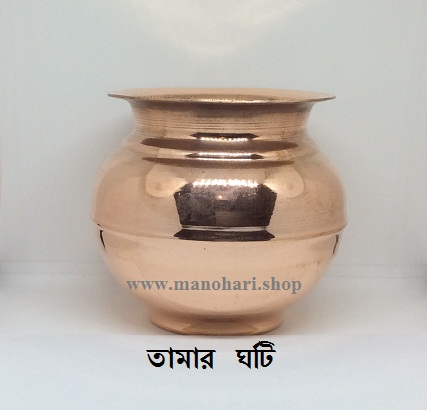Acupressure Sandal
| 

Acupressure Sandal is a Reflexology Foot Slipper. Mainly used for stimulating our different organs of the body.....
Anarkali Dress Stylish Kurti
| 

We make bulk buying quick and stress-free. We offer competitive pricing and exceptional quality with every order. Whether you a small retailer or a large boutiq....
Shilajit Capsules for men
| 

Shilajit is necessary to improve resilience and maintain good health. Provides balanced and harmonious health. ....
Copper Water Bottle
| 

Ayurveda says that Copper Water Bottles are good for health by drinking copper-enriched water in the morning on an empty stomach.....








